The Biggest Red Flag Dishes at Restaurants, According to Chefs
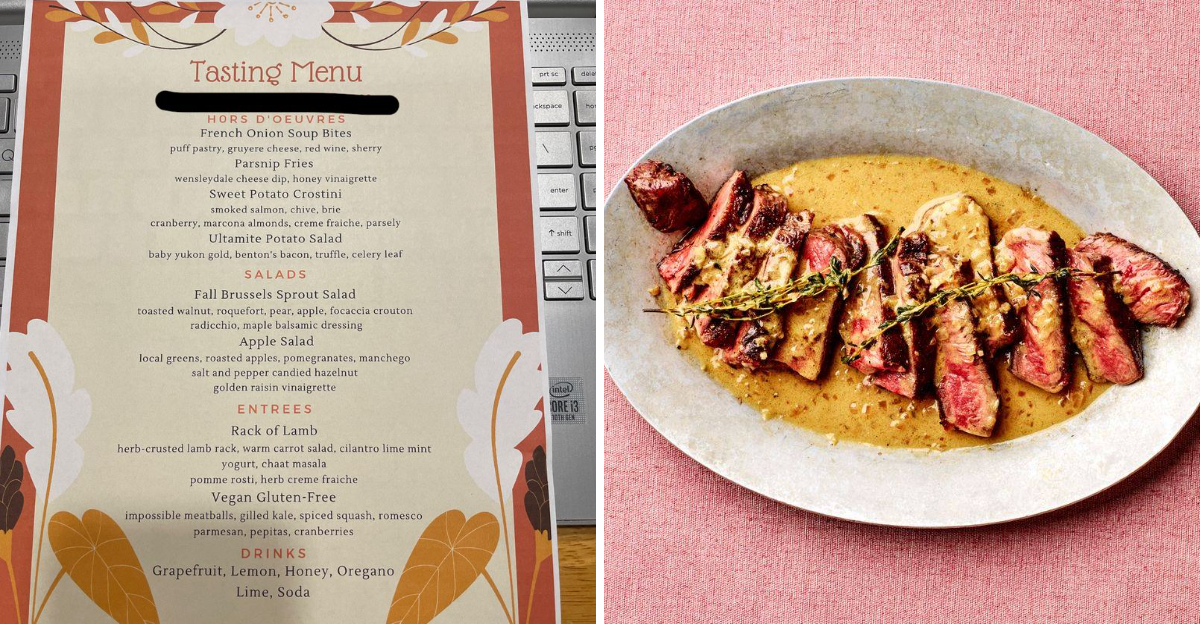
When dining out, certain dishes on the menu can signal potential issues in the kitchen or with the restaurant’s practices. Chefs and industry experts have shared insights into these “red flag” dishes to help diners make informed choices. Here are some dishes to approach with caution:
1. Overly Extensive Menus
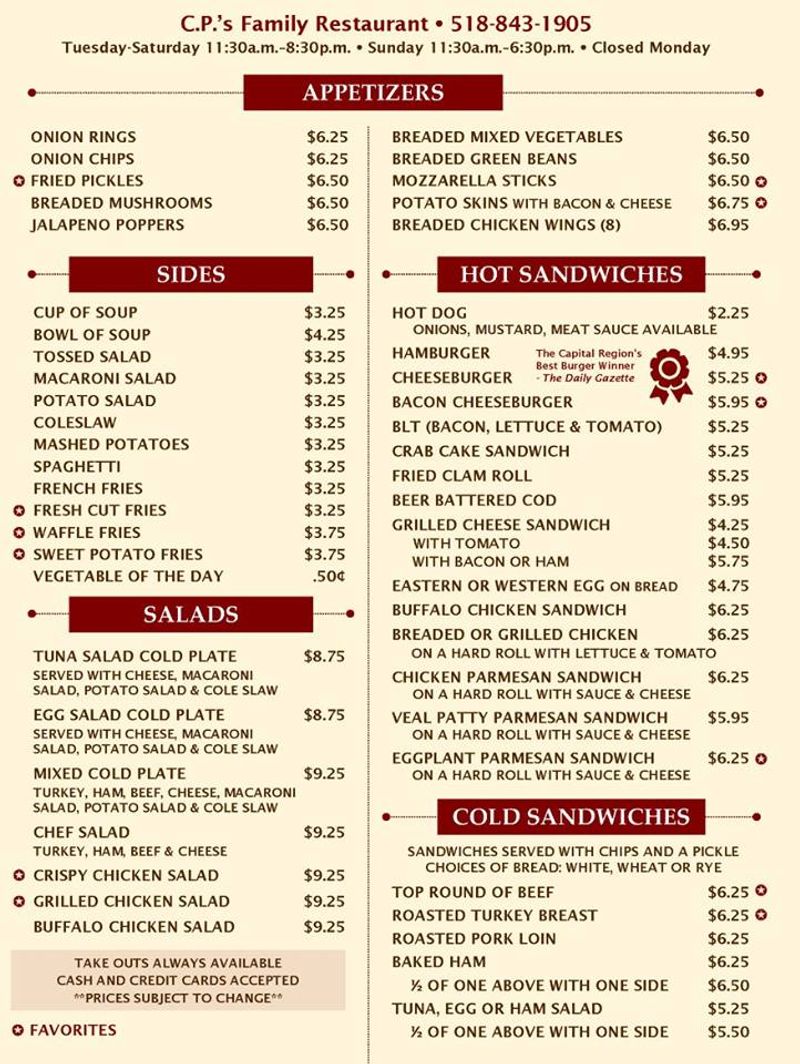
A menu with an overwhelming number of items can indicate that the kitchen is overextended, potentially compromising the freshness and quality of dishes. Bigger menus usually mean that some items won’t get ordered as often, and will have been likely sitting. It’s a sign of a restaurant trying to please every palate, but possibly failing in delivering excellence in any.
A compact menu suggests a focused, quality-driven approach. Remember, a concise menu often reflects a chef’s confidence in their offerings. When in doubt, opt for places where the menu is curated with care.
2. Fish Specials on Certain Days
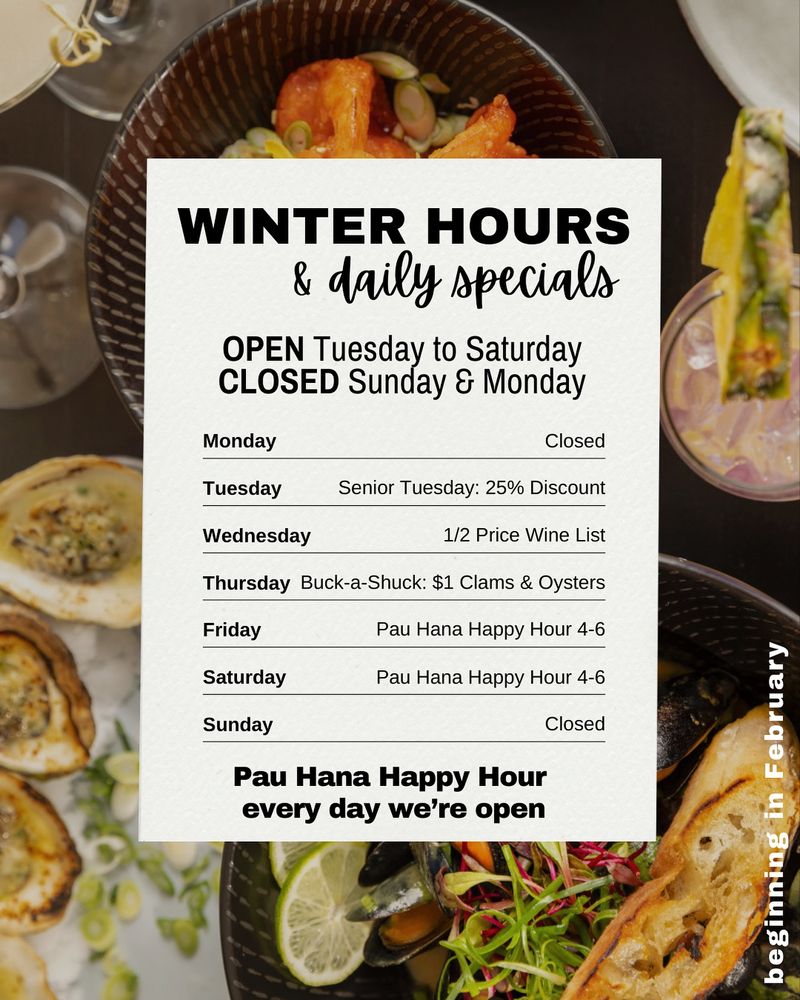
Ordering fish on days when seafood deliveries are less frequent, such as Sundays or Mondays, can be risky. Fish on the Sunday brunch menu might be the restaurant’s attempt to get rid of old stock before it spoils.
Freshness is key with seafood, and an off-note in taste can easily ruin the experience. A wise diner knows the delivery schedules or asks about them. If a restaurant is keen to sell fish on these days, rethink your order.
It’s not just about taste; it’s about ensuring safety and quality.
3. Ambiguous ‘Specials’
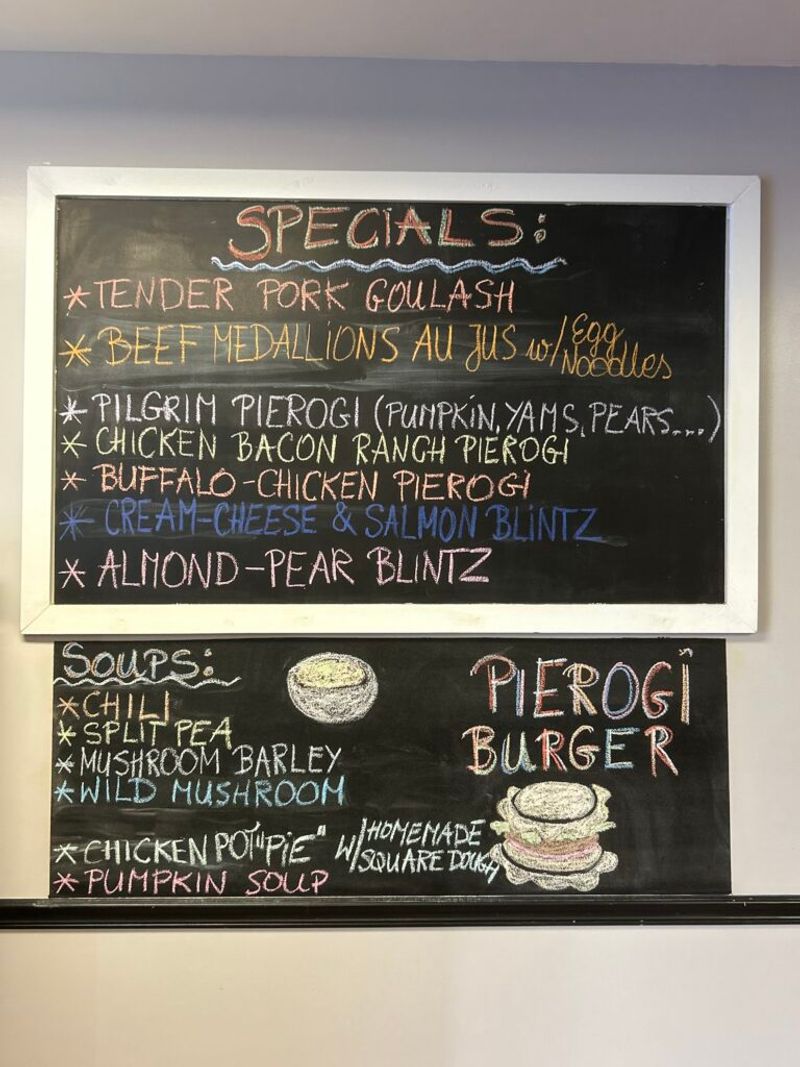
Specials can showcase a chef’s creativity, but they can also be a means to use up ingredients nearing their expiration. Gordon Ramsay cautions patrons when a menu boasts numerous specials, suggesting that “When they list 10 specials, that’s not special at all.”
Specials should be intriguing, not confusing or excessive. Wise diners question the availability and freshness of these items. Remember, a special should be just that, a unique offer. Frequent specials may mean they are just trying to clear stock, not impress.
4. Dishes with Truffle Oil
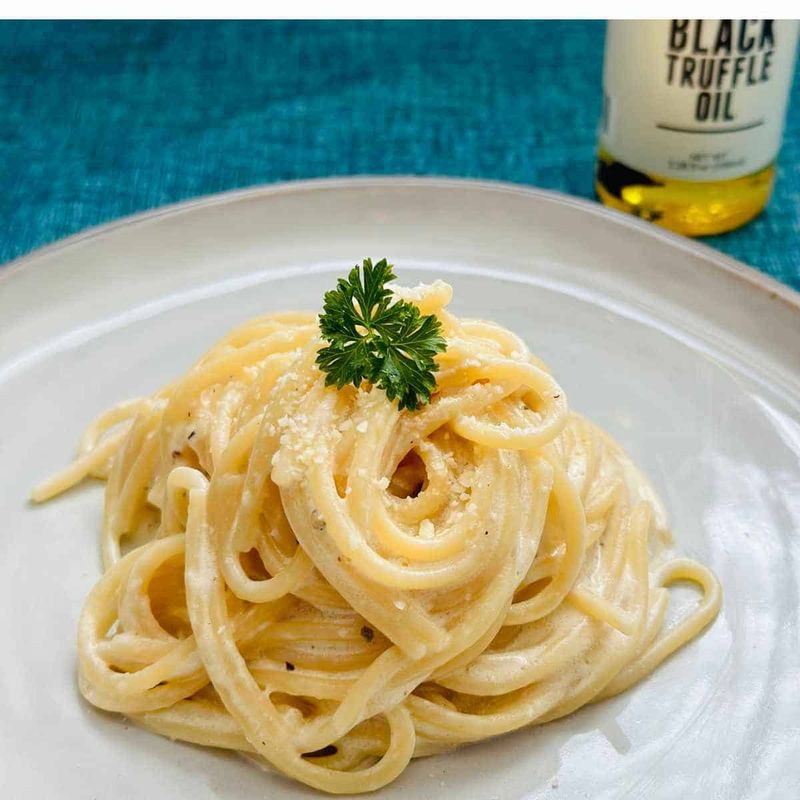
Truffle oil is often used to impart a luxurious aroma, but it rarely contains real truffles and can overpower dishes. Chef Saura Kline advises diners, “Never order anything that has the word ‘truffle’ in it,” unless you’re certain of its authenticity.
Opt for dishes where natural flavors are celebrated without gimmicks. The allure of truffle oil often masks a lack of genuine quality. Remember, true culinary art doesn’t need overpowering scents to captivate the palate.
5. Over-Sauced Steaks
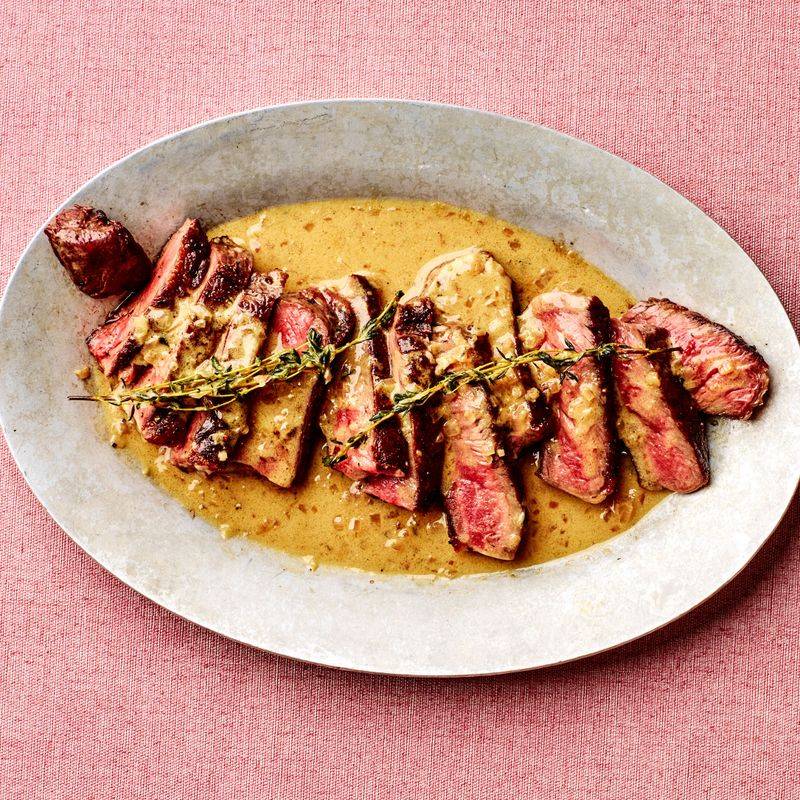
Excessive sauces on steaks can be a tactic to mask lower-quality cuts of meat. Chef Brian Hatfield notes that signature rubs or marinades might be used to hide the inherent flavor of subpar beef.
A quality steak should stand on its own, with minimal adornment. Diners should appreciate the natural taste of the meat, rather than a cloak of flavors hiding it. When dining out, less is often more. Seek transparency in the preparation of your meal for an authentic taste experience.
6. Unclear Pricing on Tasting Menus
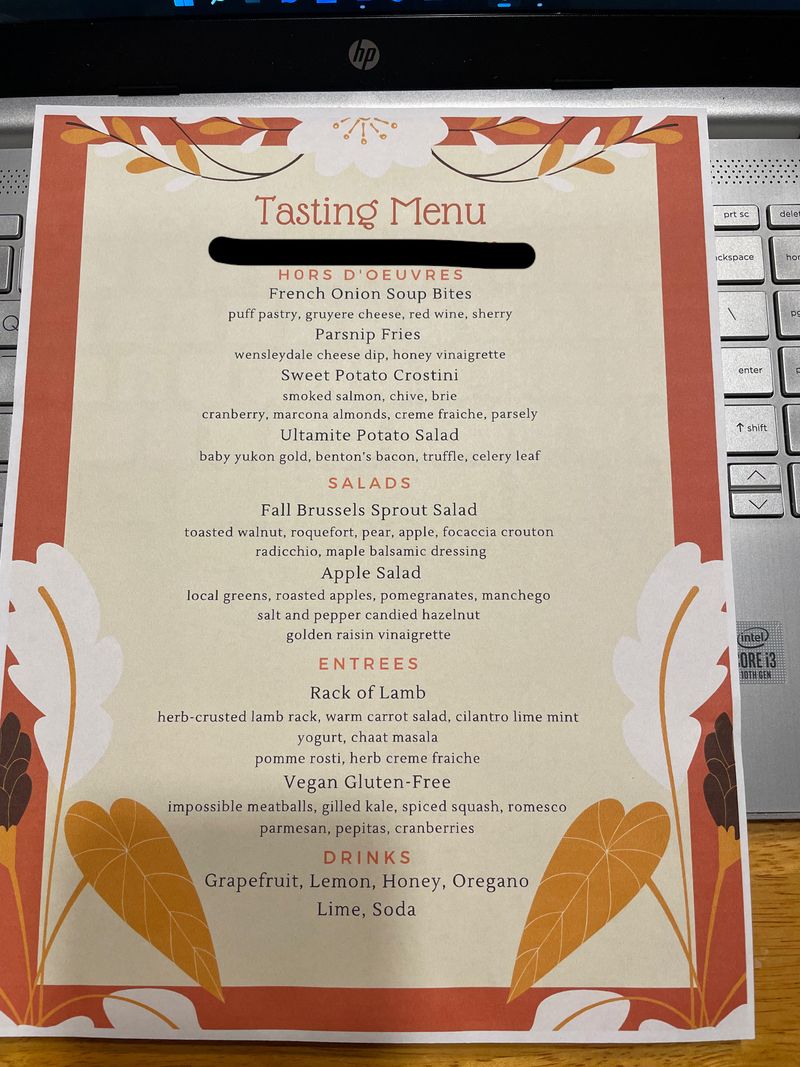
In high-end dining, the absence of clear pricing for tasting menus can be a red flag. Chef Telly Justice points out that unclear costs might indicate that the restaurant isn’t prioritizing transparency with its patrons.
Dining should be an experience devoid of surprises, especially financially. Transparency breeds trust between the diner and the establishment. If prices aren’t obvious, ask. Stay informed about what you’re committing to, both culinary and cost-wise. After all, a dining experience should be memorable for the right reasons, not because of unexpected charges.
7. Dishes with Unusual or Strong Odors
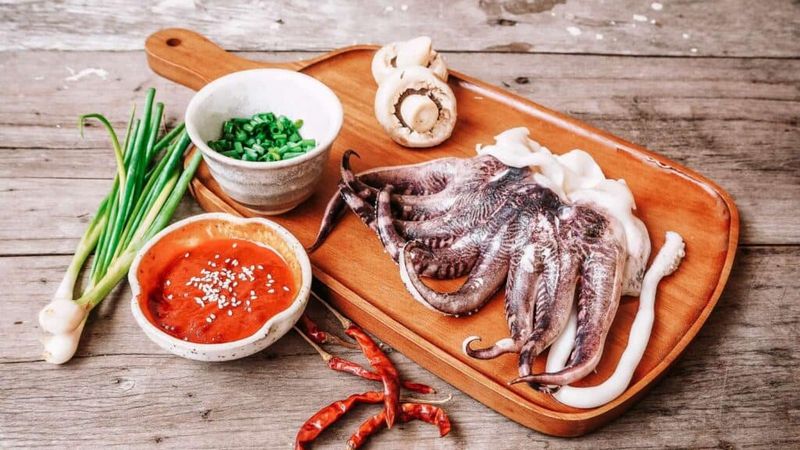
A strong smell of garlic or other potent aromas upon entering a restaurant might be an attempt to mask less pleasant odors, such as spoiled ingredients. One insider mentioned that burning garlic is sometimes used to cover up bad smells.
Odors should invite diners in, not repel them or raise suspicion. Trust your nose; if something seems off, it probably is. The best scents are those of freshly cooked, quality ingredients. Let your senses guide your dining decisions to ensure a pleasing experience.
